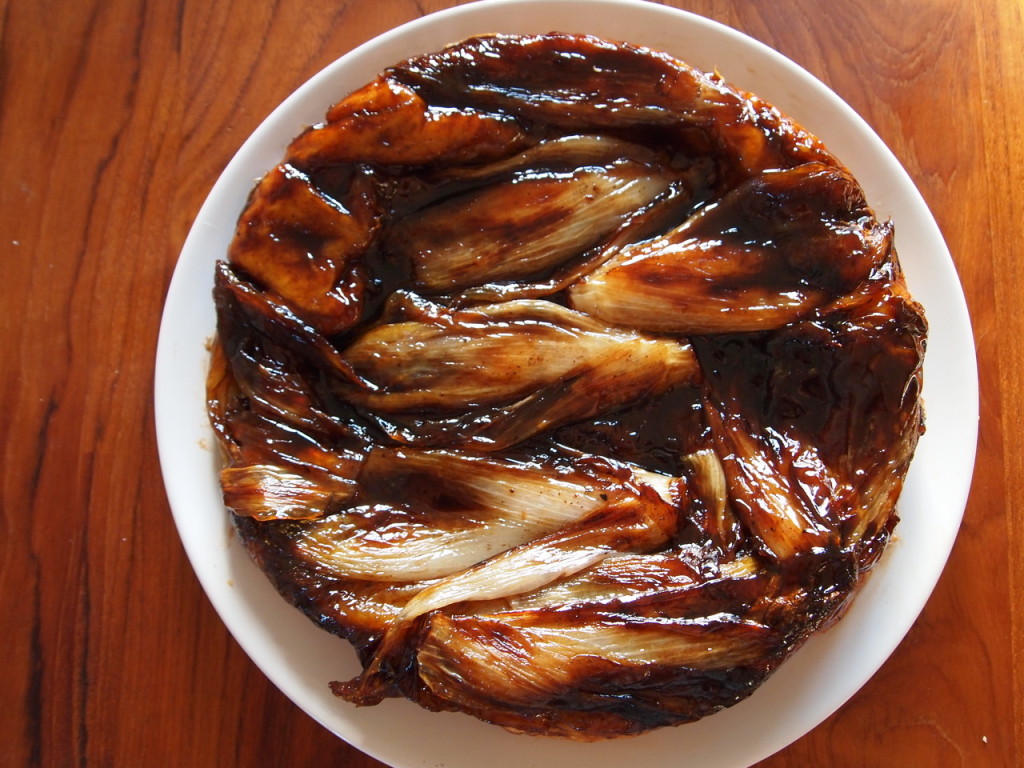Helmantel feels strongly connected to the tradition of more than 500 years of Western European painting and is a fine painter. He captures ingredients and interiors with extreme precision as if it were a photo, but more so. Photography (the first 'photo' dates from 1826) only broke through at the end of the nineteenth century with Maddox's drying technique (1871), which makes the tradition more unique. At the time of the invention and further development of photography, painters were already making studies of ingredients (such as (the cod from) Dijsselhof). We have fantastic work by Tony de Wolf in our collection.

Helmantel continues this, even today and is the leading fine painter. And what kind. If you ask art connoisseurs or just enthusiasts, there are few who do not know Helmantel from his still life of food, kitchen utensils or churches. We missed the Helmantel Taste exhibition ourselves, but we will definitely take a look at his own museum. And that during his lifetime. That says everything about his art, expressiveness and immense importance. Not that the work we focus on is the most beautiful, but it is exemplary. Back to the essence of a product. The chicory he catches here immediately prompted us to experiment with chicory. Of course we can caramelize it, cook it, eat it raw or steam it and then serve it with something that tastes bitter (provided we leave enough of the core in) such as pear, sugar, walnuts or dates.
For the dish in Art & Food we opted for a filling lunch dish. Tarte Tartin with the above ingredients. Make a caramel from date syrup, thyme and walnuts and briefly fry the whole chicory leaves. Fill a tarte tartin dish and cover with puff pastry and poke a few holes in it. Bake for 25-30 minutes and let sit for a while before serving. Turn over and serve with a Gewürztarminer, for example. Tasty and pure. And if you want, you can garnish this with walnuts and fresh pear segments.

